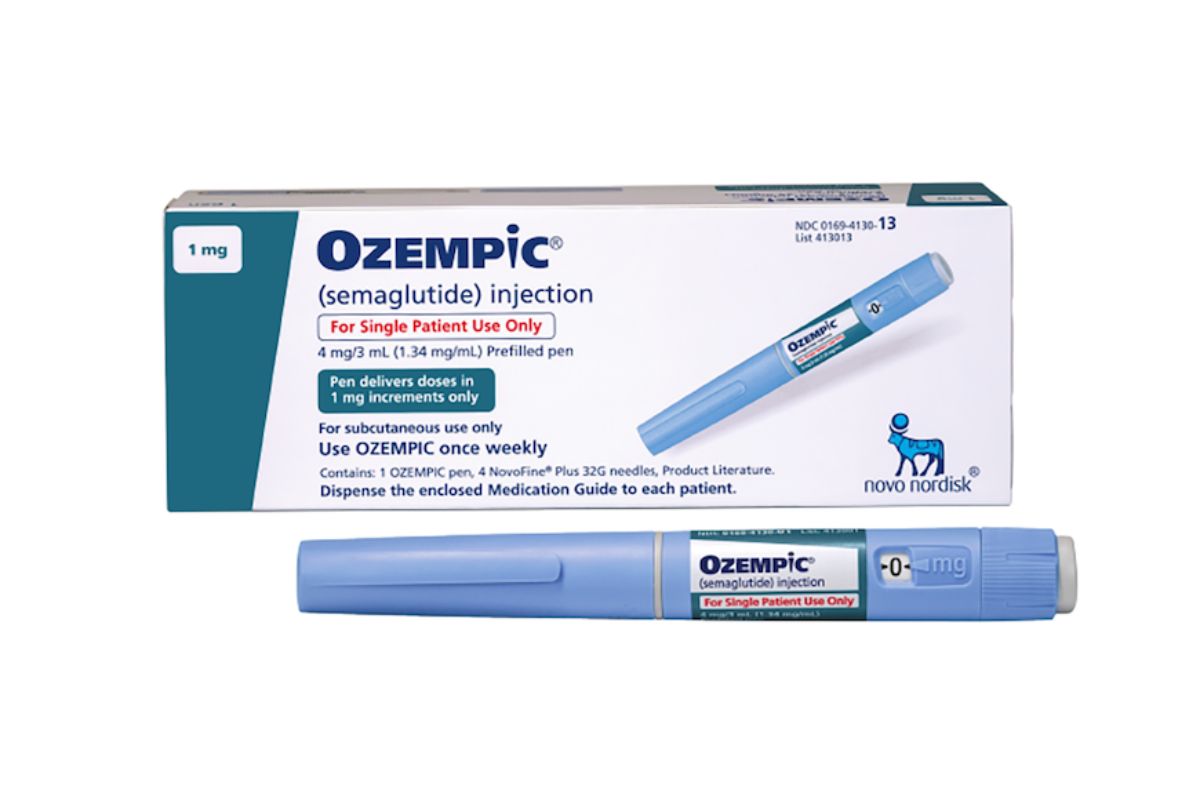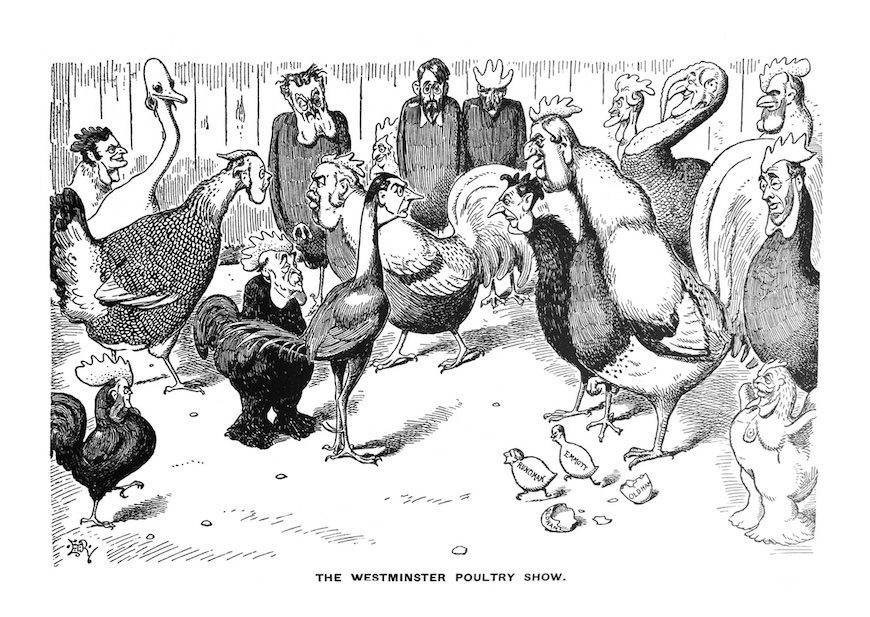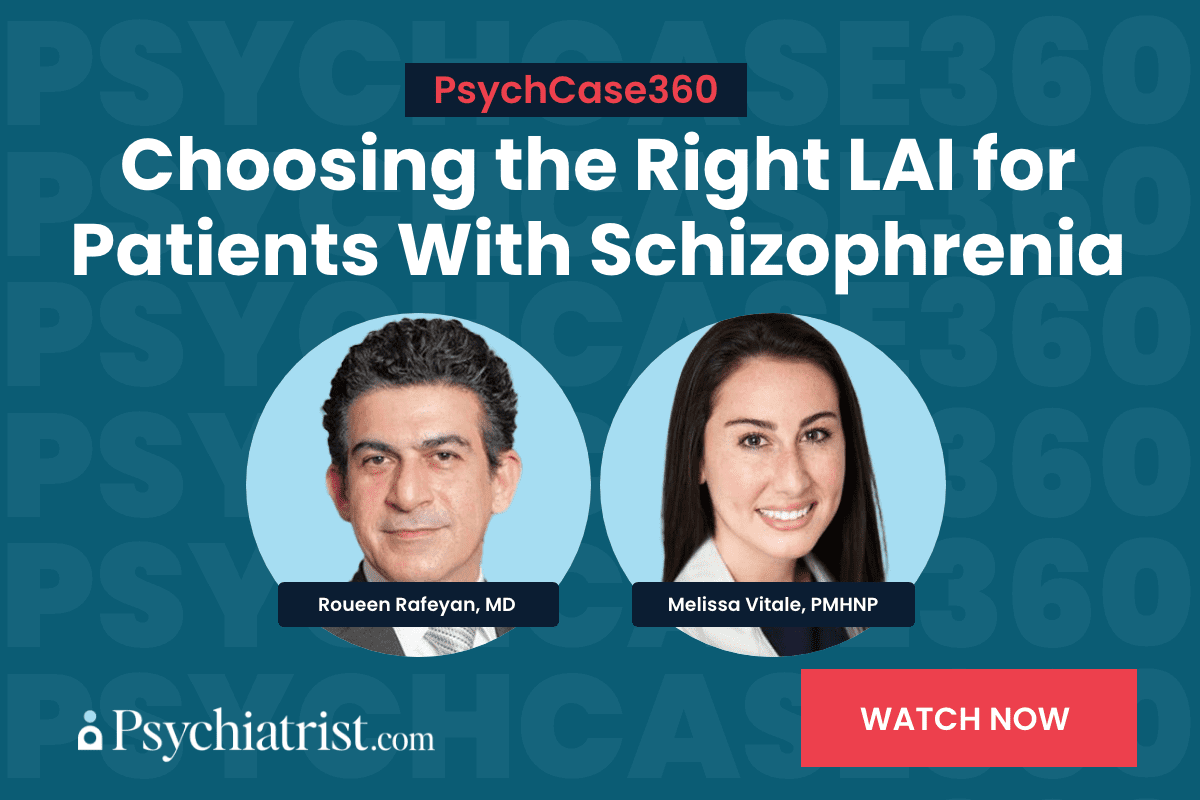It’s worse than we think. It’s hard to draw any other conclusion after reading through a new paper in JAMA Psychiatry. The authors conclude that a paltry 6.9 percent of people worldwide struggling with mental health or substance-use disorders get treatment.
The study – a joint effort between the University of British Columbia (UBC) and Harvard Medical School – included data from nearly 57,000 participants across 21 countries spanning nearly two decades. It offers the clearest glimpse yet into the yawning treatment gaps for nine common disorders.
The researchers identified several barriers to effective care. And the biggest hurdle still seems to be that so many people don’t realize they need treatment. While even those who know enough to look for help often fail to receive effective care.
“This survey data has allowed us to create the only effective treatment indicator that exists for mental health and substance use,” UBC associate professor and lead author Daniel Vigo explained. “Policy decisions and funding allocation should be guided by data, which hasn’t always been the case in mental health care.”
A Perilous Path to Mental Health Access
The research team relied on The World Health Organization-World Mental Health Surveys Initiative, which collects data on the prevalence and treatment of mental disorders, to drive their investigation. Researchers focused on participants diagnosed with mental health or substance-use disorders based on the Diagnostic and Statistical Manual of Mental Disorders-IV.
Led by Vigo – along with Harvard Medical School’s Ronald Kessler, PhD – the scientists tracked participants as they moved through four critical steps in the treatment process.
- Recognition: 46.5 percent recognized that they needed treatment.
- Seeking Care: Of those, only 34.1 percent reached out to a healthcare professional.
- Adequate Treatment: 82.9 percent of those seeking care received a minimum level of adequate treatment.
- Effective Treatment: Less than half of those who received minimally adequate care – 47 percent – secured effective treatment.
Attrition along this pathway meant that less than 7 percent of people received effective care.
The study exposed a huge drop-off after patients reached out to a provider – before they could find effective treatment. Because of that, Vigo argued that general practitioners and family doctors, who serve as the first line of defense, need better training to diagnose and treat mild to moderate cases. And that should include guidance on referring more severe cases to specialists.
“Improving the ability of these doctors to diagnose and treat appropriately becomes the cornerstone of the system,” Vigo added.
This new research provides fresh intelligence that should help guide mental health policy and funding decisions. By identifying service gaps and bottlenecks, the paper’s authors have sketched out a potential blueprint for policymakers to make targeted investments that could improve care outcomes.
Further Reading
Strategies for Cutting Down and Stopping Alcohol Use
Persistent Psychosis Induced by Cannabis Withdrawal
Treatment of Pain in the Context of Alcohol and Substance Use Disorders



